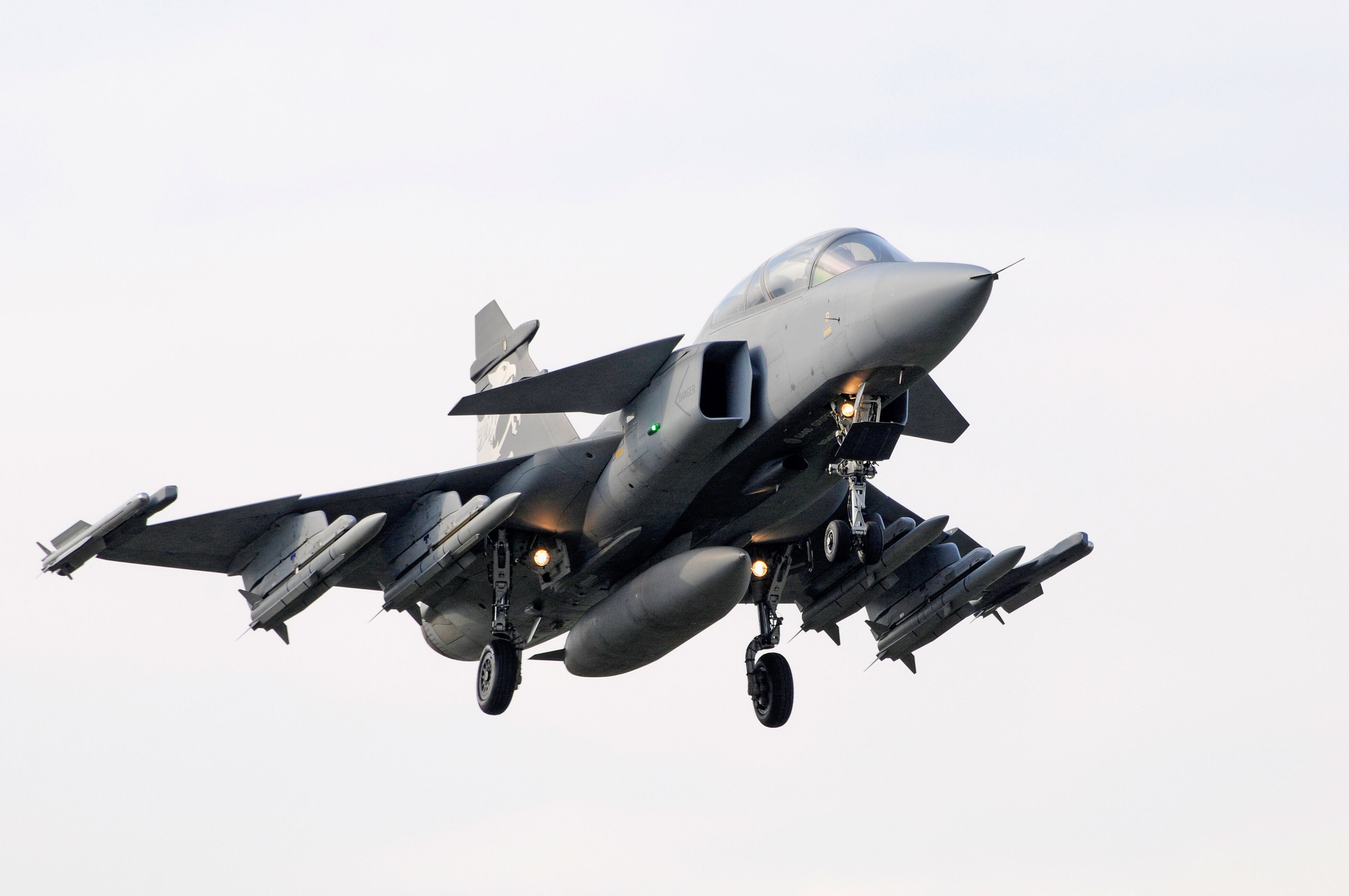WASHINGTON and NEW DELHI — Rumors of an F-35 production line in India have been greatly exaggerated.
Over the weekend, multiple news outlets ran stories based on a Press Trust of India report stating that Lockheed Martin had proposed to manufacture a “custom-built F-35” in India.
However, it appears that the story was the result of confusion between discussion on the F-35 and the company’s well-publicized bid to move its F-16 line to India. Lockheed has no intention of building an F-35 line in India at this time.
“F-35 production is based [in] Fort Worth, Texas, and Final Assembly and Checkout Operations (FACO) facilities are located in Cameri, Italy, and Nagoya, Japan. The article referencing F-35 production in India was misreported and incorrect. The conversation was in regards to F-16 production,” Lockheed spokesman Michael Friedman said Monday.
A top Indian Ministry of Defence official told Defense News that “there is no such plan, and no official proposal has come from U.S. government and Lockheed Martin” to produce F-35s in India in the future.
To defense industry outsiders, writing a story correcting the record may seem like nitpicking what was very likely an honest mistake on the part of PTI. However, to those who follow the F-35 program, the thought of Lockheed offering such a partnership to India out of the blue seems strange, or perhaps even unthinkable.
Although it’s possible that India will eventually buy F-35s — and if it does, it would almost certainly garner some industrial participation, as all Joint Strike Fighter customers do — there are a couple reasons why Lockheed would not currently offer this deal.
First off, there’s no pressing need. Lockheed is currently negotiating its 11th lot of low-rate production for the F-35 program, with thousands of planes still yet to be produced and numerous foreign deals likely. Therefore, production and sustainment of the aircraft are treated like opportunities by Lockheed and the F-35 Joint Program Office, who complete those contracts among customers as a way to lower cost.
For instance, Lockheed Martin has reached separate deals with Italy and Japan for final assembly and checkout of selected countries’ planes. However, the partnerships came after those countries had committed to buying the F-35, received approval from the U.S. State Department and resolved to invest in standing up production facilities — all conditions that India has not met at this time.
RELATED

The F-16’s future is a different story. Production of the F-16 wrapped up in Fort Worth last year; and although a deal with Bahrain for 19 new F-16Vs has been cleared by the U.S. State Department and is under contract negotiation, Lockheed lacks a major, long-term customer for the aircraft.
India, which has a requirement for 120 single-engine fighters, could fill that role.
Lockheed has offered to relocate the production line to India if the country decides to buy a large number of F-16s and has already come to an agreement with Indian defense contractor Tata Advanced Systems Limited, which would perform final assembly of the aircraft. Saab is offering a similar industrial partnership with its Gripen E jet.
The other issue is technology transfer. The fourth-generation F-16 was designed in the 1970s and widely exported, with production lines set up in countries like South Korea and Turkey.
Meanwhile, the F-35 is the U.S. military’s most advanced plane, filled with sensitive technology and software that, if it fell into the wrong hands, could threaten to undo the United States’ advantage in aerial combat. Sales are highly controlled and have been limited to NATO countries and close allies like Japan, South Korea and Australia.
India has made technology transfer a requirement for any military sale, but it’s not at all clear whether the United States would approve that for the F-35. A further complication is the Indian Air Force’s defense industrial ties to Russia and China, such as its development of a fifth-generation fighter aircraft, or FGFA, with Russia.
“IAF has a requirement of FGFA and an agreement with Russia is already in place,” said Daljit Singh, a retired Air force air marshal and defense analyst. “Therefore, India may not show interest in procurement of F-35 fighters.”
Further, Indian defense contractors had never completely produced a fighter jet in-country and are likely not ready to produce something as advanced as the F-35.
“[The] F-16, on the other hand, could be tailored to meet specific requirements of the IAF and would be easier to make in India as compared to the F-35 fighters,” Singh said.
In short, Lockheed Martin would have nothing to lose — either financially or in terms of technological risk — by offering up F-16 production capabilities to India. The exact opposite would be said of a proposal to send F-35 production to India.
Valerie Insinna is Defense News' air warfare reporter. She previously worked the Navy/congressional beats for Defense Daily, which followed almost three years as a staff writer for National Defense Magazine. Prior to that, she worked as an editorial assistant for the Tokyo Shimbun’s Washington bureau.
Vivek Raghuvanshi is the India correspondent for Defense News.








